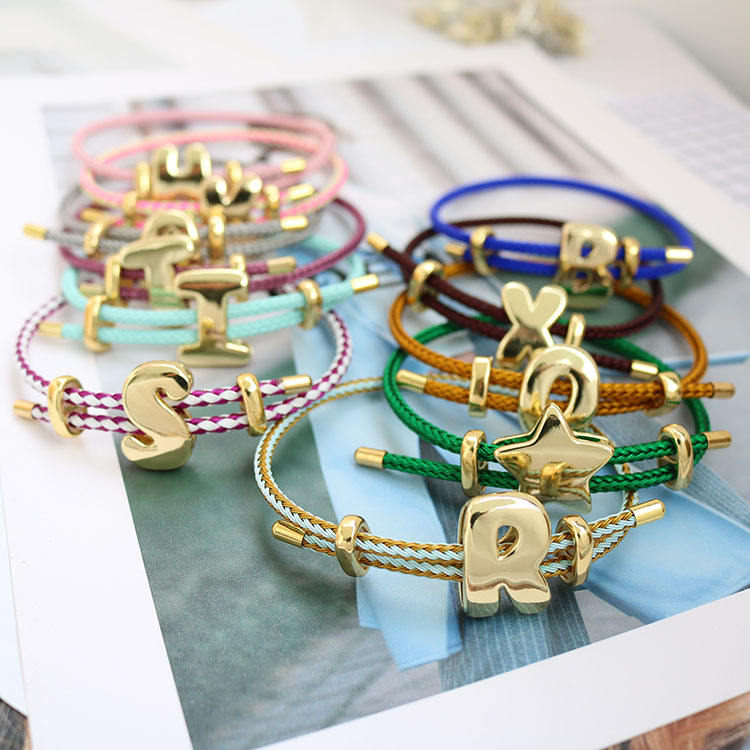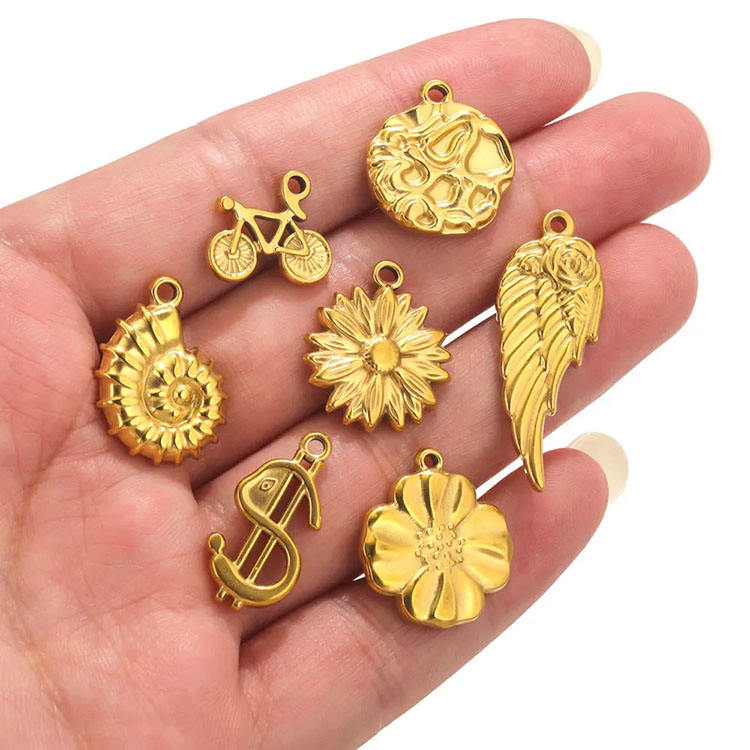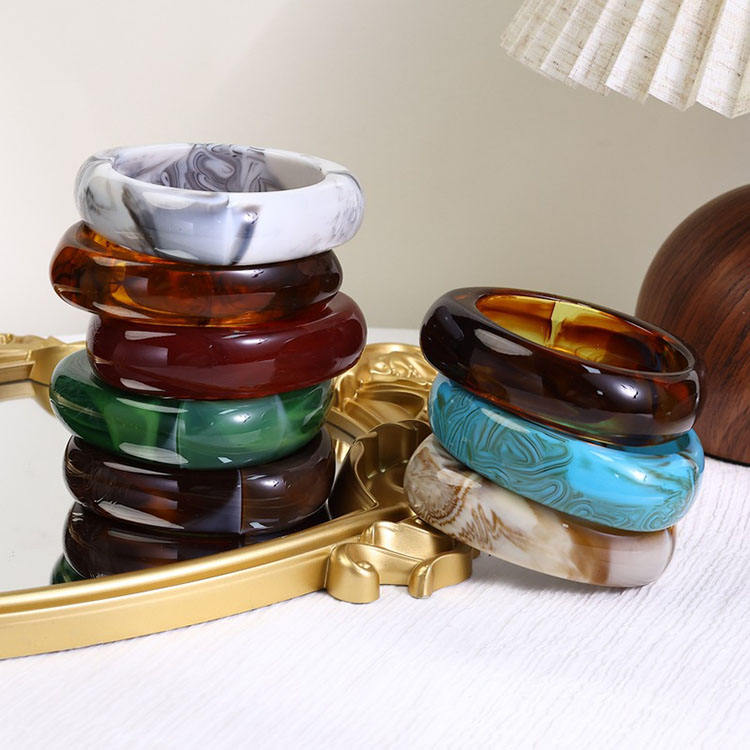News Source: Internet
Release Time: 2025/8/23 Total: 104 Views
Advanced Manufacturing Techniques for Fashion Jewelry: Optimizing Production Efficiency and Quality Control
Modern fashion jewelry manufacturing has evolved into a sophisticated process that harmonizes technological innovation with traditional craftsmanship. For retailers seeking reliable production partners, understanding these advanced methodologies ensures informed decision-making when sourcing collections.
1.Precision Casting Technologies
Contemporary investment casting systems utilize digital enhancement to achieve unprecedented accuracy. Automated wax injection machines produce consistent patterns with tolerances within 0.1mm, while computer-regulated burnout ovens maintain optimal temperature profiles. These advancements enable production of intricate designs with minimal material waste and maximum reproducibility across large batches.
2.Automated Surface Enhancement Systems
State-of-the-art finishing departments now incorporate robotic polishing units with adaptive pressure control, ensuring uniform surface treatment without compromising delicate details. Advanced electroplating facilities feature computerized monitoring systems that maintain precise chemical balances and deposition thickness, guaranteeing consistent color and durability across production runs.
3.Integrated Quality Assurance Protocols
Modern manufacturing integrates quality verification at multiple production stages. Automated optical inspection systems utilize machine learning algorithms to identify microscopic defects, while spectroscopic analysis ensures material composition accuracy. This multi-layered approach prevents quality issues from progressing through production phases, reducing waste and ensuring consistent output standards.
4.Modular Production Methodology
Progressive manufacturers implement component-based production systems that maximize flexibility. Standardized elements allow efficient creation of design variations without complete retooling, significantly reducing changeover time between collections. This approach supports rapid response to market trends while maintaining cost efficiency.
5.Supply Chain Integration Systems
Sophisticated inventory management solutions synchronize material flow with production schedules. Real-time tracking systems monitor raw material quality from certified suppliers, while just-in-time delivery protocols minimize storage requirements and prevent material degradation. These integrated systems ensure consistent input quality while reducing operational costs.
6.Workforce Specialization Strategy
Strategic deployment of skilled technicians complements automated processes. Highly trained specialists oversee critical operations requiring human judgment, such as stone setting and final inspection. Continuous training programs ensure technical staff remains proficient with evolving technologies and quality standards.
7.Sustainable Manufacturing Initiatives
Environmentally responsible practices now align with production efficiency. Closed-loop water systems in plating departments reduce consumption by up to 80%, while energy recovery systems capture and reuse thermal energy from casting processes. These sustainable approaches not only minimize environmental impact but also reduce operational costs.
8.Scalable Production Architecture
Adaptable manufacturing systems accommodate fluctuating order volumes without quality compromise. Flexible production lines can seamlessly transition between large-scale orders and limited editions, supported by agile inventory management and workforce allocation systems.
Successful jewelry manufacturing represents a sophisticated integration of advanced technology and human expertise. By maintaining this balance, manufacturers deliver products that meet contemporary market demands for both quality and responsiveness.









